THE MODERN MINUTEMAN Volume 24, April 2025
PCI's, Water Treatment in the Field, New Field Notebooks, and a little background on me...
A LITTLE ABOUT JAY.
Just who is “The Modern Minuteman”…
So I get asked every now and then what my background is. Folks want to know if I am a veteran, former LEO, or what. I am just a normal guy like everyone else. I never had the honor of serving in the military nor do I have any affiliation with any law enforcement.
I grew up in a military family where my dad was a career Army officer. Started off in the Navy during Vietnam and after the war switched to the Army as an enlisted man and then went to OCS school to get his commission. He retired a few years after the 1st Gulf War which was around the time I graduated from High School. So that is my connection to the military.
We grew up camping and shooting. I remember going to my Grandparents farm when I was a kid and we would shoot the ground hogs in the farmers fields and get a quarter for every one we shot and dragged up to the road. We shot a lot of .22 because of this and made some good spending money during the summer months.
When I was 11 we joined our local Boy Scout Troop and my dad along with a couple other fathers (who were all Vietnam Vets) took over leadership of it and off we went. Man we camped A LOT during those years, averaging probably 25 nights a year. We were all decked out with Woodland BDU’s, ALICE packs, and jungle boots. Capture the flag was played a bit different because we had Gen 1 night vision and trip wires. We owned our local Scout Camp, lol… Did you know that camouflage is now frowned upon at many Scout camps?
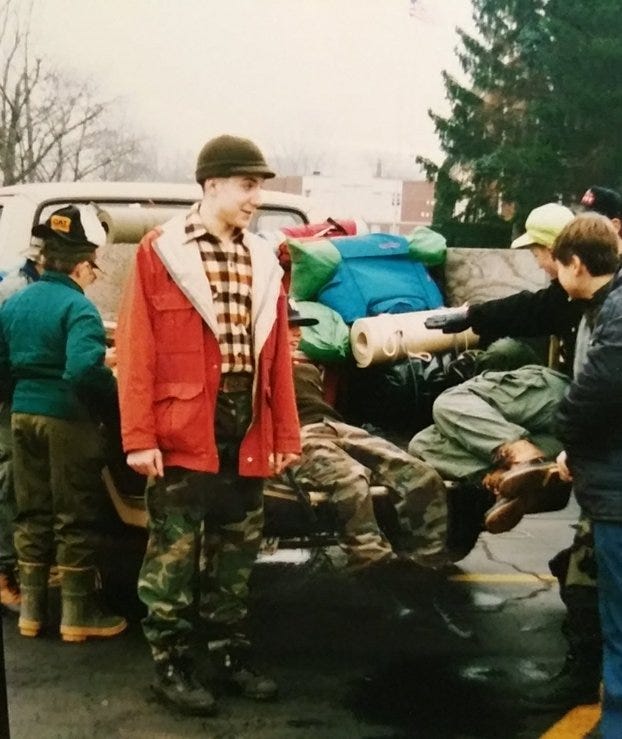
When I became older I was more into the camping and outdoor aspect of being in the woods than the Military side of it and took up climbing, skiing, and backpacking. By the time I graduated from high school I had spent some time backpacking out west and just dove head first into it. Learning all I could about climbing, mountaineering, backcountry skiing, Wilderness First Aid, and more. I would work at a small outdoor retailer and take summers to go climb out west or in New England.
When I was 19 I took a solo month long trip out to Utah to hike the Highline Trail in the Uinta Mountains. 102 miles with over 18,000 feet of total elevation gain with crossing numerous mountain passes over 11 and 12,000 feet along with summiting Utah’s highest peak “Kings Peak” at 13,528’ tall. This was a grand adventure for a 19 year old and I was hooked. That same year I had my first summit of Mount Rainier and at that point no one could talk me out of going on adventures.
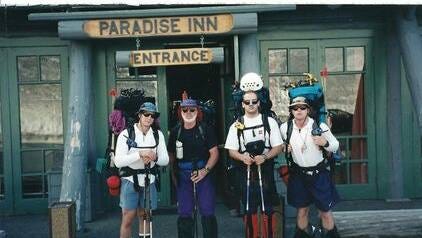
This lead me to taking Avalanche and Ice/Alpine climbing courses through the International Mountain Climbing School out of North Conway, New Hampshire and the Basic and Expedition Skills Mountaineering courses through Rainier Mountaineering out of Ashford, Washington, as well as numerous smaller skill specific courses including Avalanche and Crevasse Rescue. Throughout this period I had also gotten my EMT certification as well as my Wilderness First Responder through the SOLO Schools.
In the 20 years following that solo trip out west as a wide eyed 19 year old, I’ve climbed and backpacked throughout the Pacific Northwest, California, Utah, New Mexico, Colorado, Wyoming and all throughout New England. My favorite was introducing new people to my love of the mountains by setting up and leading trips to my favorite places to give them the opportunity to share in those adventures. I did this through numerous smaller outfits and even through my own guide service that was called “Backcountry Adventures Outdoor School”.
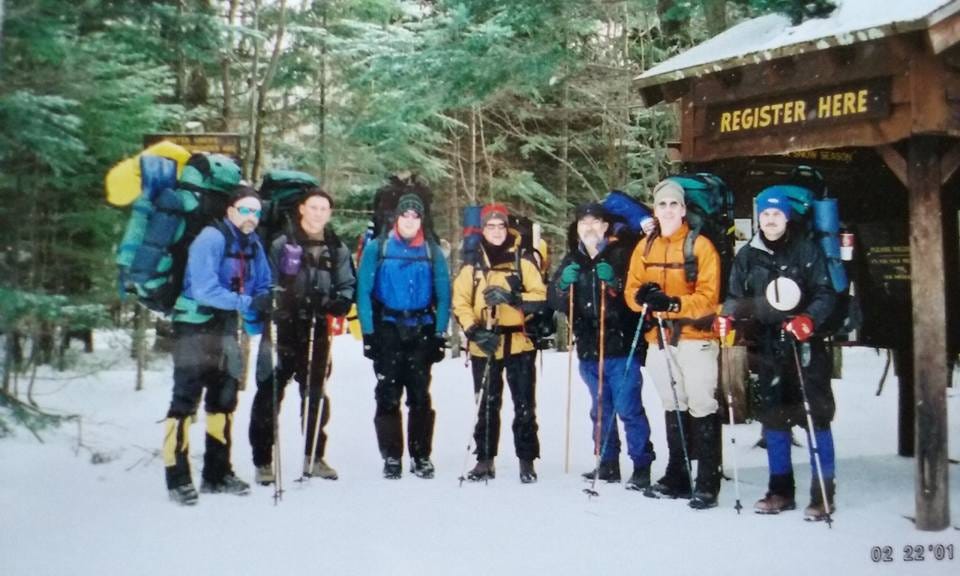
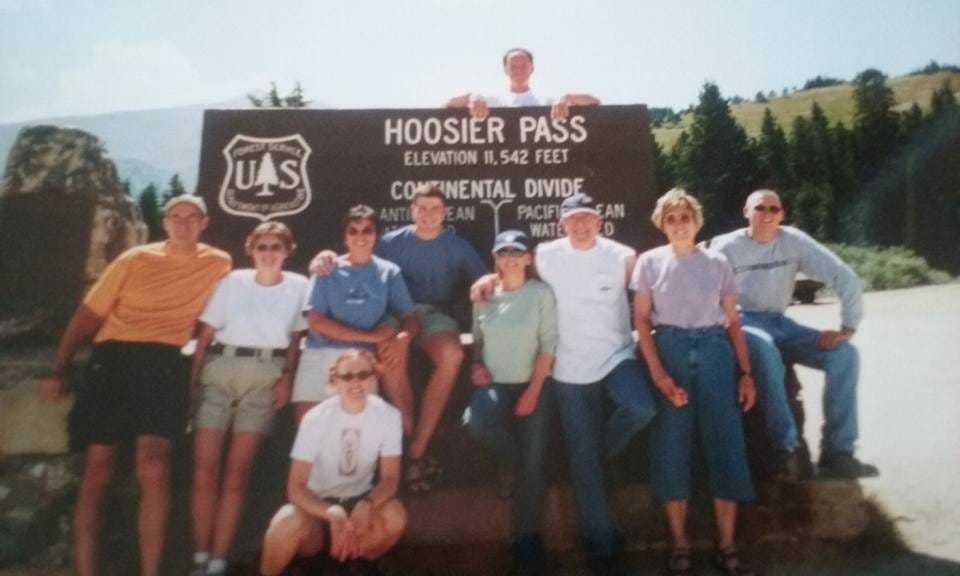
It’s now been 29 years since that solo trip and I still love being in the outdoors. My kids grew up camping, climbing, and shooting with me and I wouldn't have it any other way.
To wrap this up I just wanted you all to have a little bit of a better idea as to just who I am and where I come from.
What you see with me is what you get. No hidden agenda, just an honest view from a guy who is just trying to figure it out along with everyone else. I just happen to enjoy sharing my journey with others in the hope that it inspires and motivates them to do the same.
This months highlighted company to do business with:
Check out Prepared Citizens Training Group HERE…
Also check out his YouTube channel here
Water:
You need water, without it you will die. Plain and simple. There's a reason it's one of the top three survival priorities. There is a thing called the rule of 3's, that you can survive without food for 3 weeks, without water for 3 days, and without air for 3 minutes. That's how important water is.
In most environments, you need to have the ability to treat water by filtering (like a Katadyn Hiker or Sawyer Mini), purifying using chemical tablets or drops (iodine or chlorine tablets), or boiling from rivers, streams, lakes, and other sources.
Getting sick from drinking untreated water is a very real thing and it will take you out of the game quickly, don't do it, your buddies will hate you for it. In cold/snowy environments you will need a stove, fuel, pot, and lighter to melt snow.
In a true survival situation you need to know how to procure water from your environment via non-traditional methods. You may need to dig a hole to reach the water table, look for vines or trees to tap into, making a field expedient gravity filter utilizing sand, grass, stones, and charcoal, or even creating a solar still. These are important skills to learn and practice.
Daily water consumption will vary from person to person. For most people, 2 to 3 liters of water per day is usually sufficient, but in hot weather or at higher altitudes, 6 liters may not be enough. Plan for enough water to accommodate additional requirements due to heat, cold, altitude, exertion, or emergency.
My top ways of treating water are as follows:
Chemical treatment… Iodine and Chlorine Dioxide are by far the easiest and simplest means of treating water. Add a tablet (follow the manufacturers recommended dosage) to a quart of water and let sit for 30 or more minutes and drink. If it is water from a somewhat stagnate source than pre-filter the water through a shemagh, bandana, or coffee filter to get rid of particulate matter. Add flavored drink mix or hydration mixes to your water after treating to hide any unpleasant tastes.
My top 2 picks are:
Potable Aqua For in the field and on the go it doesn’t get much simpler than Iodine tablets. Easy to use, ready in just 35 minutes. 50 tablets per bottle treats 25 quarts of water.
Katadyn Micropur MP1 I consider the Micropur tabs as a step up from the Iodine tablets. They are (as far as I am aware) the only tablet or liquid proven effective against viruses, bacteria, Giardia, and Cryptosporidium in all water conditions.
Filter/microfilter… With a filter you run dirty water through a microporous element to filter out particulates, protazoa, and bacteria including nasties like Giardia, Salmonella, and cryptosporidium. Bonus is you have drinkable water in minutes. Downfall is cold weather usage wear they will freeze and become useless.
My two picks for this style filter include:
Sawyer Mini Filter For an inline filter nothing can really beat the Sawyer Mini Filter. It screws directly onto most narrow mouth bottles and can be used as an inline filter on your hydration bladder or even used as a gravity filter in camp. I keep one of these in my LBE and pack.
Katadyn Hiker Micro Filter For a packable system the Katadyn Hiker filters a lot of water for its size. This is really ideal for small groups where you may be filling several water bottles in one sitting. Pumps approximately 1 liter of water every minute (depends on where you are pulling water from obviously) and it is easy to clean. Removes particles, protozoa, and bacteria down to 0.2 microns (.002mm), including giardia, salmonella, and cryptosporidium. Glass-fiber element is pleated for increased surface area to handle silty and muddy water.
I have used one for over 20 years backpacking all over the US without fail. With a lifespan of approximately 200 gallons (that’s 750 liters of water) you can be rest assured that it will keep ticking.
Boiling… This is the most labor and fuel intensive means of treating water but sometimes it just has to be done. Winter trips in snowy environments mean melting snow and ice for your drinking and cooking water. This means time and fuel are needed. Recommendations are to bring to a rolling boil for a minimum of 3 minutes. Many will also add a chemical treatment just in case. Boiling also works in a pinch with an Esbit stove and canteen cup from your LBE.
The ability to treat water in the field should be a part of your kit. Keep tablets as part of your pocket kit, keep tabs and a Sawyer Mini in your LBE, and have something like the Katadyn Hiker as part of your base camp kit. There are also numerous natural means for treating and collecting water that we will get into in a future newsletter, so stay tune for that.
Links to above listed items…
Binock NVG50 NV Use Coupon code Modern50 to save 10%
Condor Outdoor Products Use coupon code MINUTEMAN15 to save 15%
The Professional Citizen Project FR-1 Field Reference Manual/Notebook
PCC’s (Pre-Combat Check) and Inspections
Pre-Combat Checks (PCCs) and Pre-Combat Inspections (PCIs) are crucial for ensuring readiness before combat operations, with PCCs being individual checks of equipment and PCIs being leader-led assessments of those checks and the overall unit readiness.
Here's a more detailed explanation:
What are Pre-Combat Checks (PCCs) and Pre-Combat Inspections (PCIs)?
PCCs:
These are individual checks performed by soldiers to ensure their equipment and themselves are ready for the mission.
PCIs:
These are leader-led inspections that verify that soldiers have properly conducted their PCCs and that the unit is ready as a whole.
Why are they important?
Ensuring readiness:
PCCs and PCIs help identify and address any issues with equipment or personnel before they become problems during a mission.
Promoting discipline and preparedness:
Regular inspections instill a culture of readiness and attention to detail.
Improving mission effectiveness:
By ensuring that soldiers and their equipment are ready, PCCs and PCIs contribute to the success of the mission.
Who conducts them?
PCCs: Conducted by individual soldiers.
PCIs: Conducted by leaders (e.g., squad leaders, platoon leaders).
What is checked during PCCs and PCIs?
PCCs:
Personal equipment (uniform, weapons, etc.).
Mission-essential equipment.
Functionality of equipment (e.g., batteries, magazines).
PCIs:
Whether soldiers have properly conducted their PCCs.
Unit equipment and personnel readiness.
Compliance with unit SOPs.
How to conduct effective PCCs and PCIs?
Plan and budget time: Ensure that enough time is allocated for PCCs and PCIs.
Use checklists: Use checklists to ensure that all necessary items are checked.
Focus on mission-essential equipment: Prioritize the inspection of equipment that is critical for the mission.
Conduct inspections in full battle rattle: This allows leaders to assess the readiness of soldiers in a realistic scenario.
Provide feedback and corrections: Address any deficiencies identified during inspections.
In many of my Property Patrol and Loadout videos you see me do the Property Patrol 360. I picked up on this from Brent0331’s videos where he used it as the final part of his PCC’s/PCI’s before stepping off into the field. It is a great way to make sure that everything is cinched, stowed tight, and in proper order.
Get in the habit of checking yourself and your buddies, you’ll be glad you did!
THE PROFESSIONAL CITIZEN PROJECT BOOKS & GEAR
Shop all of the manuals and notebooks from The Professional Citizen Project here:
FR-1 Field Reference 1 (NEW)
Field Notebooks (NEW)
NEW: Professional Citizen Field Notebook 5.5 x 8.5
The new FIELD NOTEBOOKS from The Professional Citizen Project are perfect for training classes, field exercises, note taking, book writing, and more. Available in just about every cool camo pattern you can think of with new ones coming. Made here in the USA and available now for the low cost of $5.56 each! Order one (or several) today!
Princeton Tec Lights
I have used Princeton Tec lights for over 30 years now! The Quad, Eos, Apex, for climbing and mountaineering trips. The Sync and Remix were standard for backpacking and general camp use. And as of lately the Byte and Fred Tactical Headlamps live in my Minuteman kits! The Aqua Strobe and Eco Flare were mainstays on our kayaking vests and their Charge helmet light lives on my bump helmet. So I can say, with a high sense of confidence, that Princeton Tec lights are the best out there.
So if you are looking for a new headlamp for in your Minuteman kit, I highly recommend the Byte and the Fred as solid options for usage out in the field.
And one other thing, their customer service is top notch. I had an interaction with them for a warranty issue and they took care of it very quickly! Oh, and the are US Made and family owned. This is a big deal today.

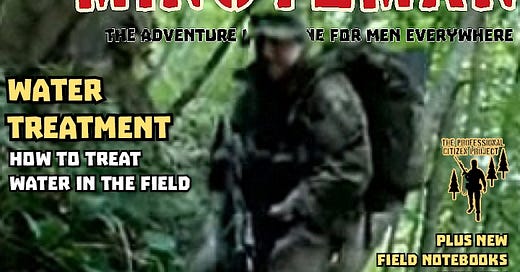



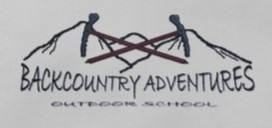
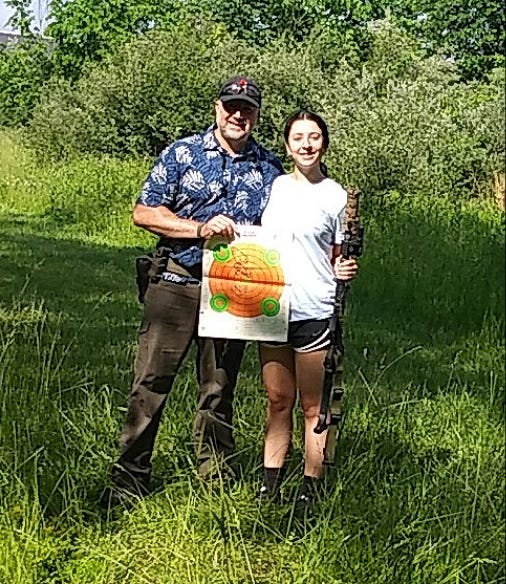
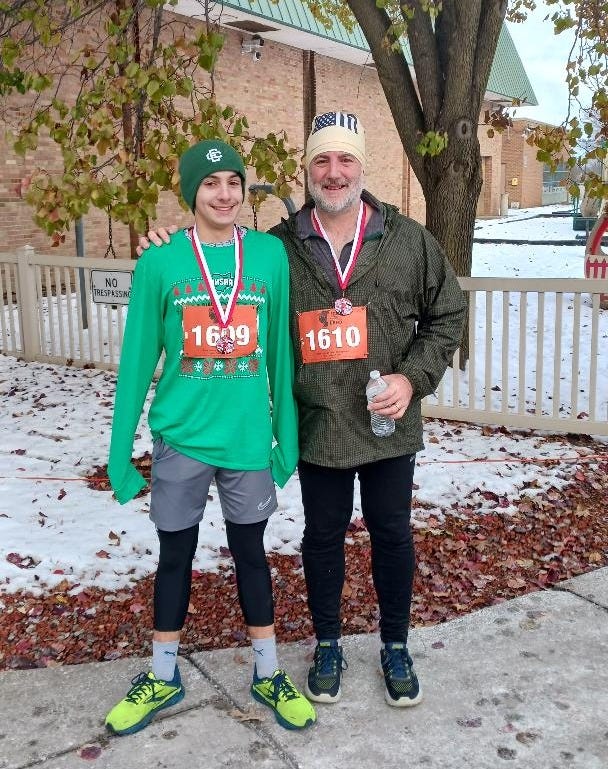
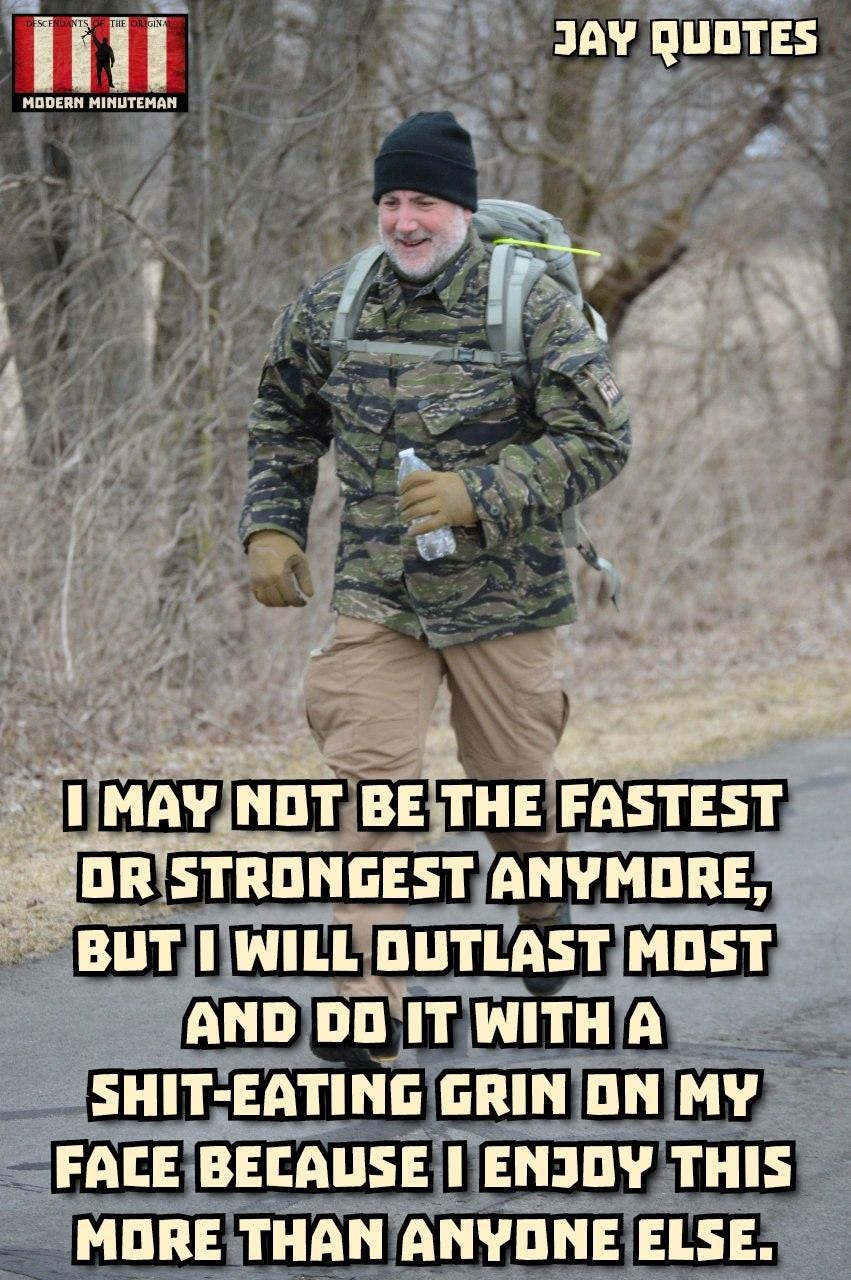


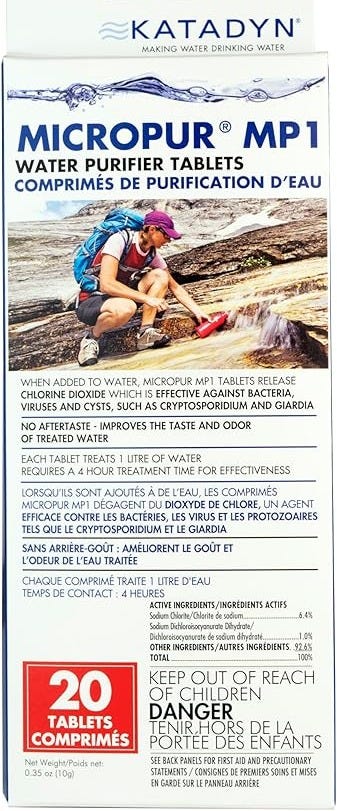


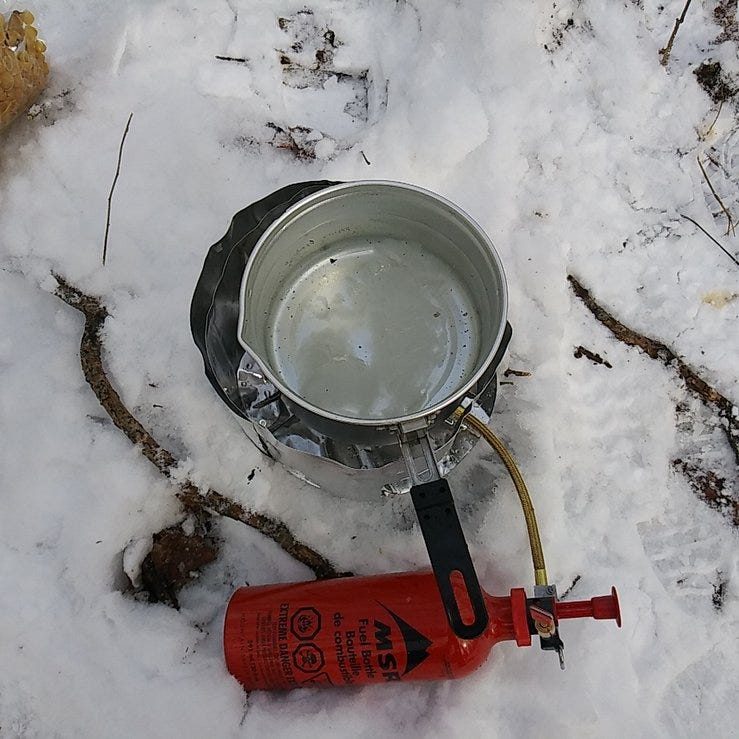

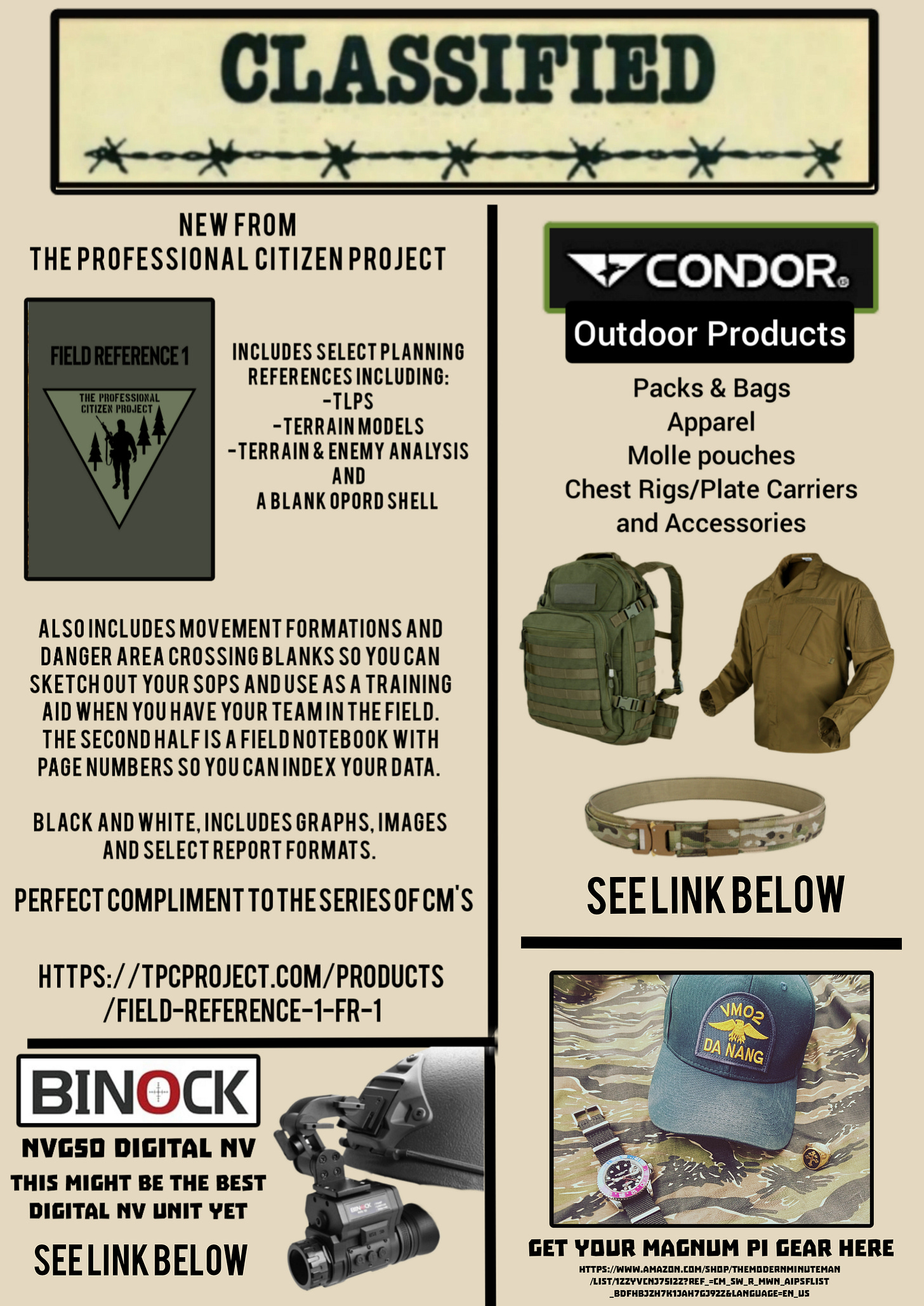

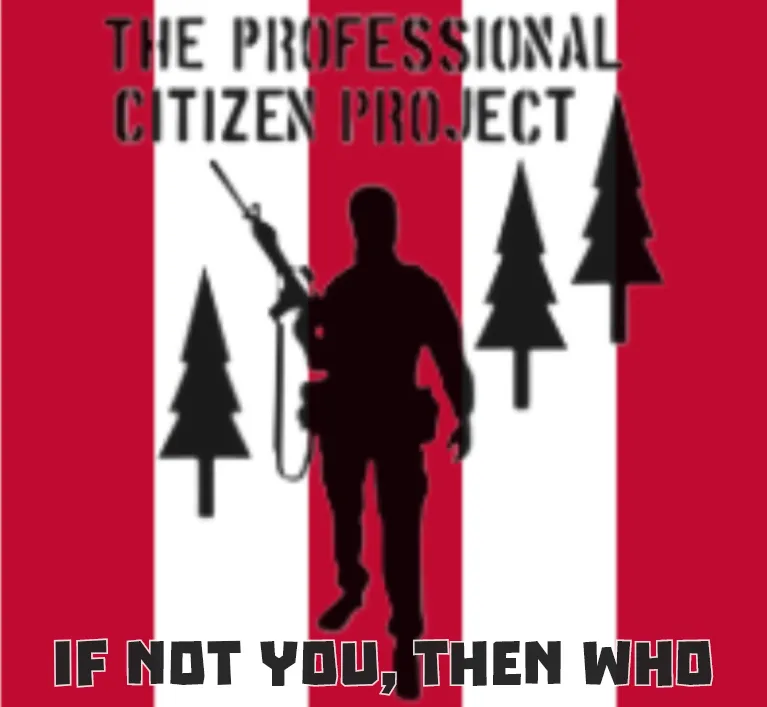





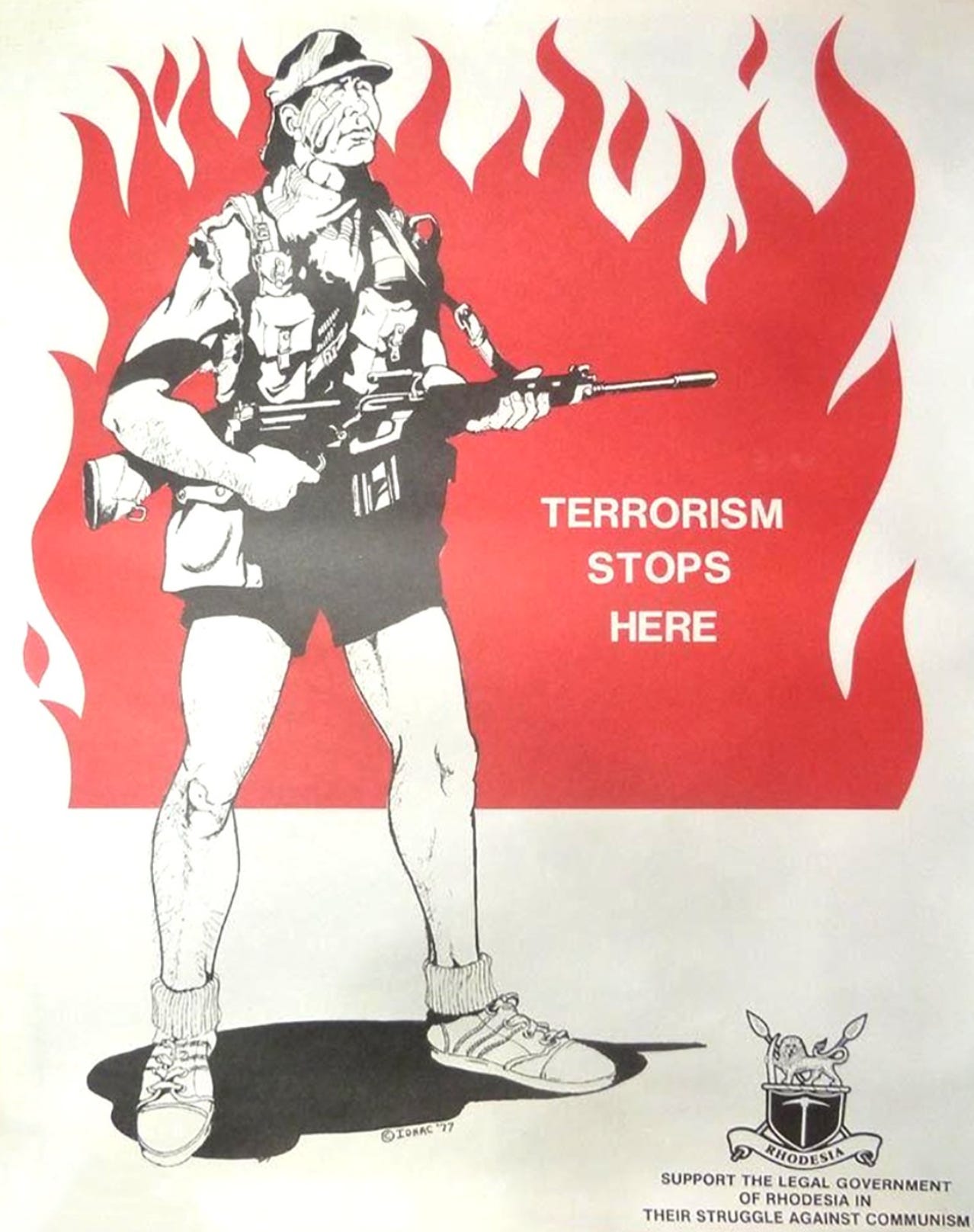

Having had the opportunity to spend a few weekends with Jay; I can attest that he is quite comfortable in the field. That only comes with experience. Awesome pics from the younger days
One of your better newsletters Jay